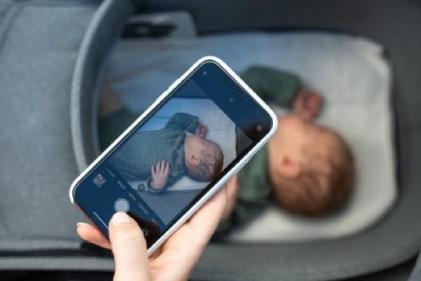If the optician says that your child needs glasses, this does not mean that there is something seriously wrong. It is usually just that they need help to focus.
In childhood the most common eye problems are long or short sight, astigmatism, colour blindness, a lazy eye, or a squint. Many of these can be corrected if they are treated early enough.
Astigmatism - the front surface of the eye is irregularly curved, resulting in distorted vision. You can have astigmatism as well as long or short sight.
Colour blindness – difficulty in differentiating between certain colours, such as red and green. Usually runs in the family and is more common in boys.
Lazy eye - one does not work as well as the other. Also known as amblyopia, it occurs when an eye does not learn how to see, because of a fault in co-ordination or focusing. It usually occurs before a child is five.
Strabismus (Squint) - the two eyes do not look in exactly the same direction. Toddlers can seem to squint because of a small fold of skin between their eyes and the bridge of their nose. If this does not change as the child grows, consult your optician. Squinting eyes can be corrected through prescription glasses, special eye exercises or surgery.





